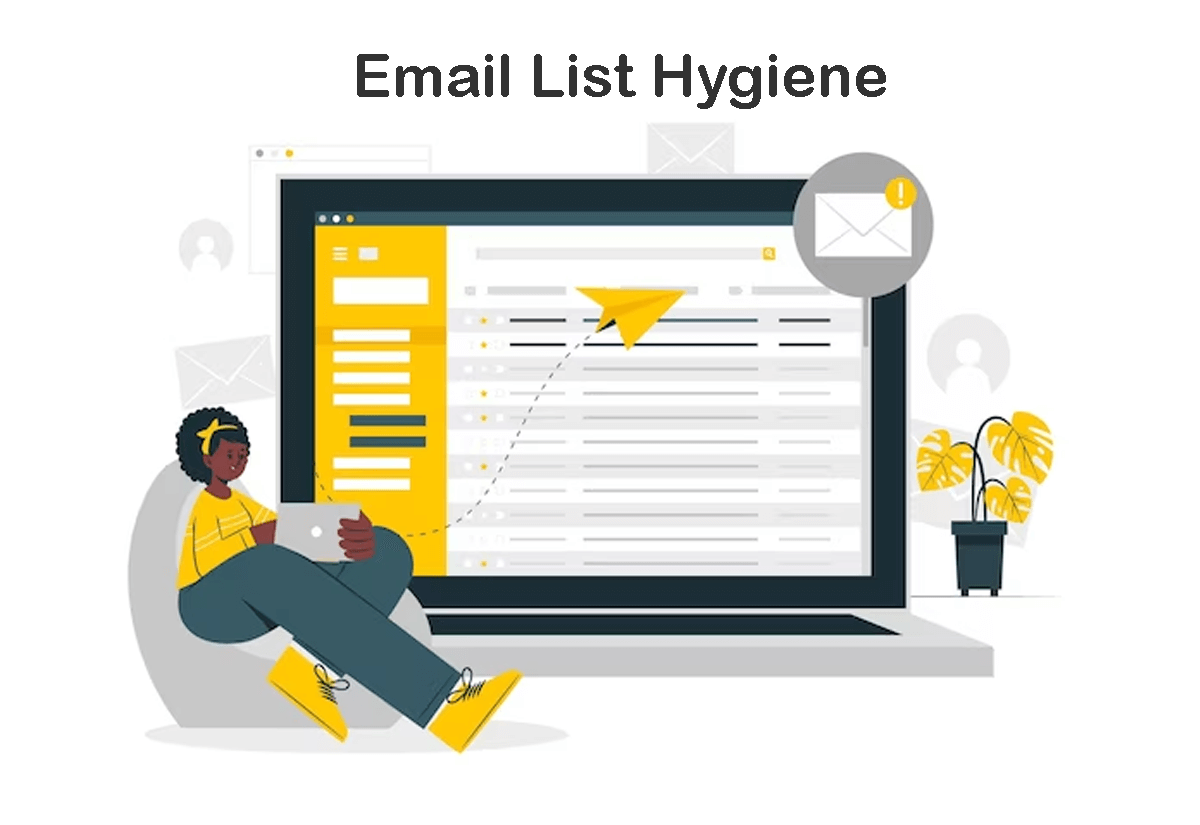Maintaining a clean and healthy email list is crucial for email deliverability and the success of your email marketing campaigns. Here are some best practices for email list hygiene:
- Remove inactive subscribers: Regularly remove subscribers who have not engaged with your emails for an extended period. Inactive subscribers can negatively impact email engagement rates and increase the likelihood of your emails being marked as spam. Depending on your industry and email sending frequency, you may want to consider removing subscribers who have not engaged with your emails for three to six months.
- Manage bounces: Bounces occur when an email cannot be delivered to a recipient’s inbox, and they can be either hard or soft bounces. Hard bounces occur when an email is returned because the recipient’s email address is invalid or does not exist. Soft bounces occur when an email is returned because the recipient’s mailbox is full, their server is temporarily unavailable, or their email message is too large. Manage bounces by removing email addresses that have hard bounced, and limit sending emails to email addresses that have soft bounced.
- Manage spam complaints: Spam complaints occur when a recipient marks your email as spam. A high spam complaint rate can negatively impact your sender reputation and email deliverability. To manage spam complaints, provide clear and easy-to-find unsubscribe links in your emails, and promptly remove email addresses of recipients who have marked your emails as spam.
- Segment your email list: Segmenting your email list allows you to send targeted and relevant emails to specific groups of subscribers. This can increase engagement rates and reduce the likelihood of your emails being marked as spam. Segment your email list based on factors such as demographics, interests, and behavior.
- Verify new subscribers: Use a double opt-in process to verify new subscribers’ email addresses before adding them to your email list. This ensures that the email address is valid and that the subscriber has given explicit permission to receive your emails.
By following these best practices, you can maintain a clean and healthy email list, improve engagement rates, and increase the success of your email marketing campaigns.


